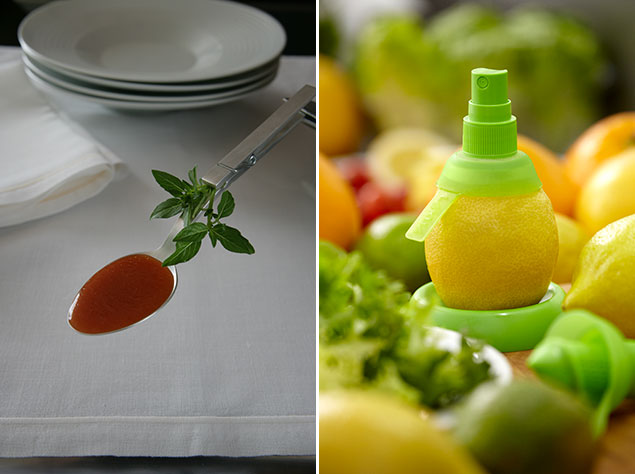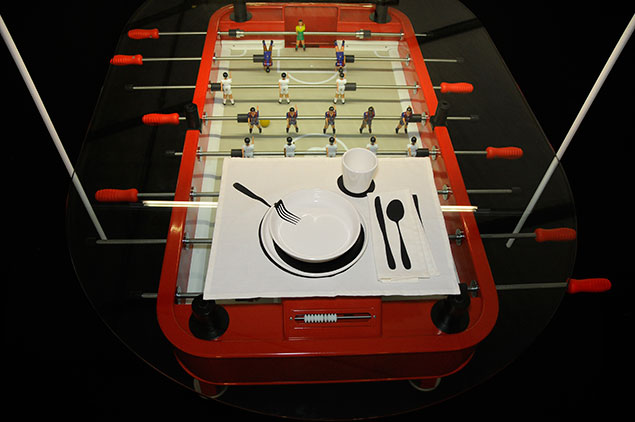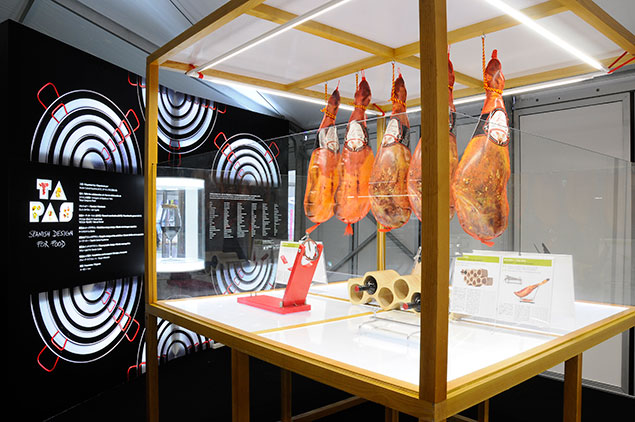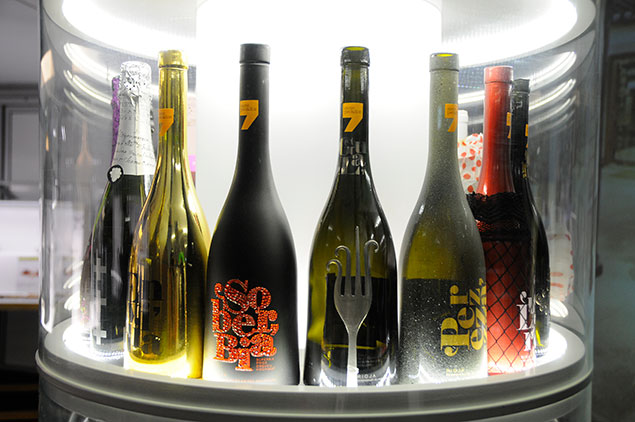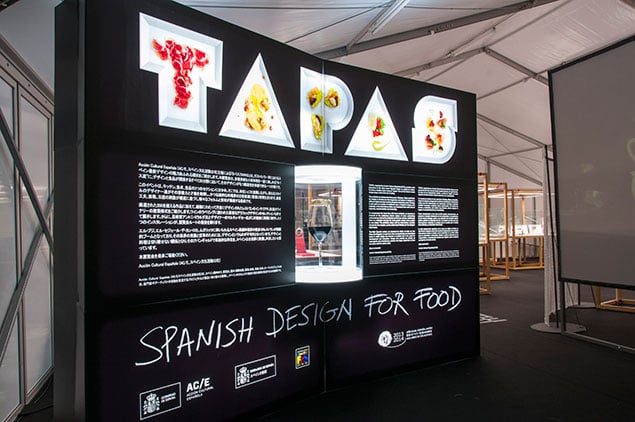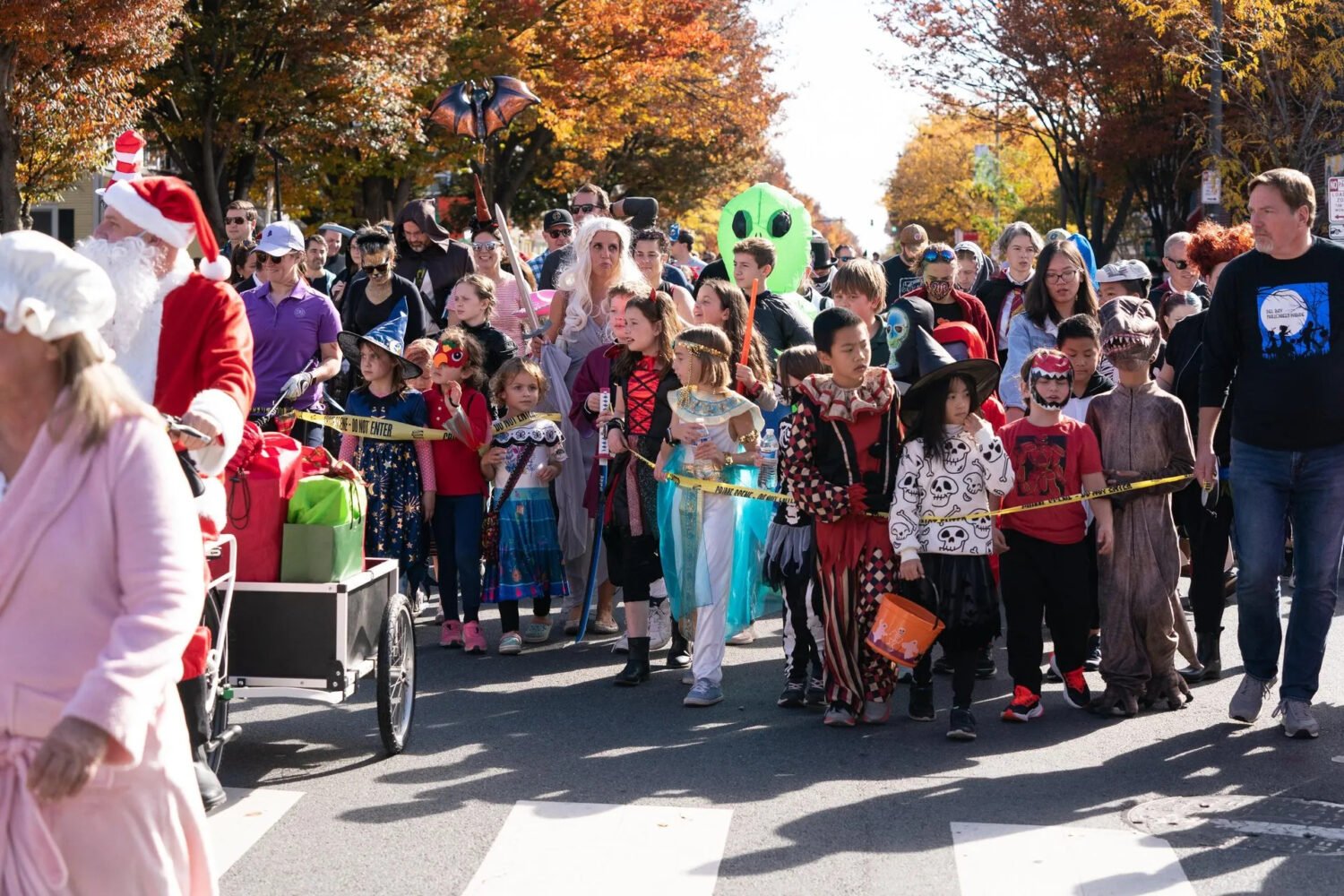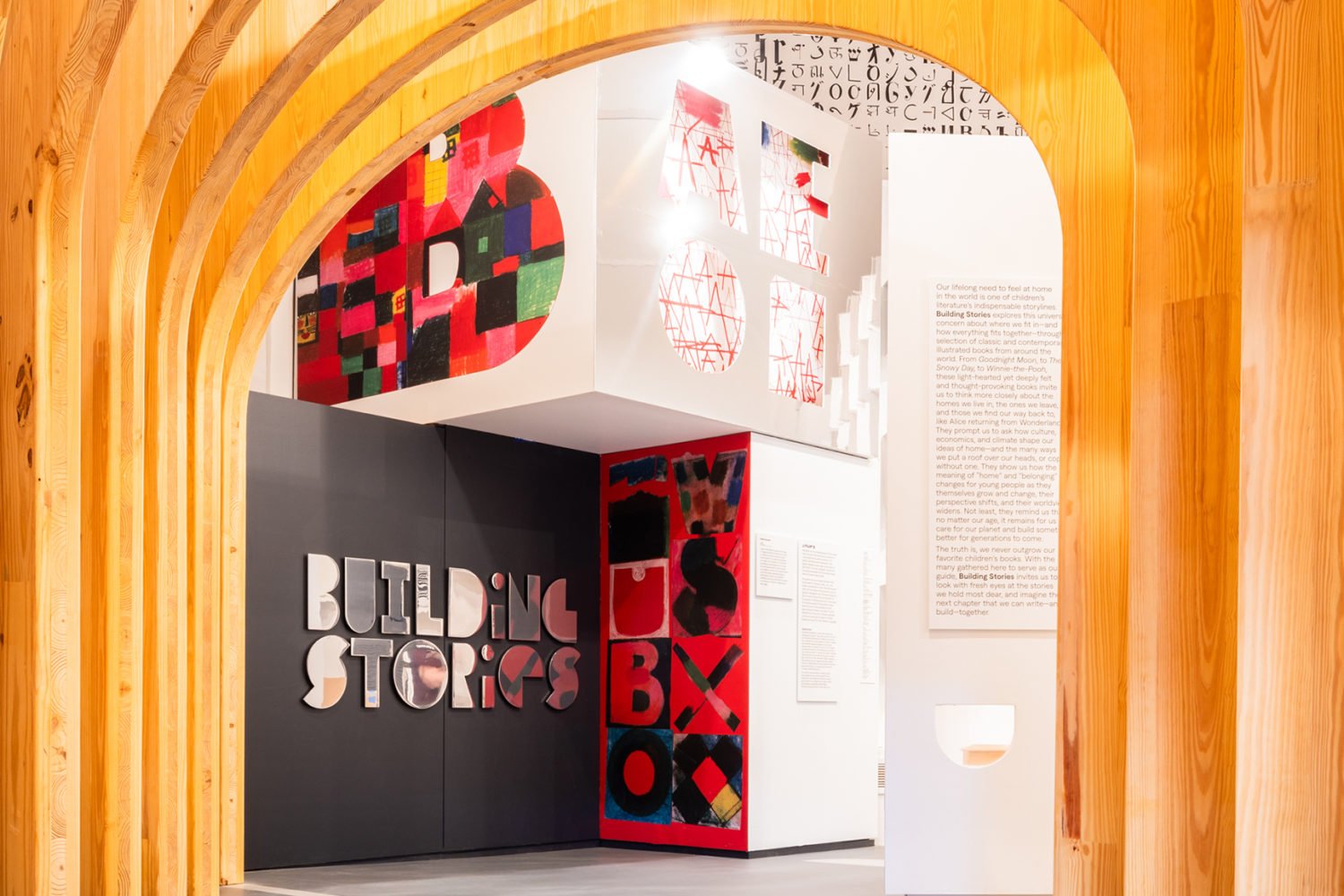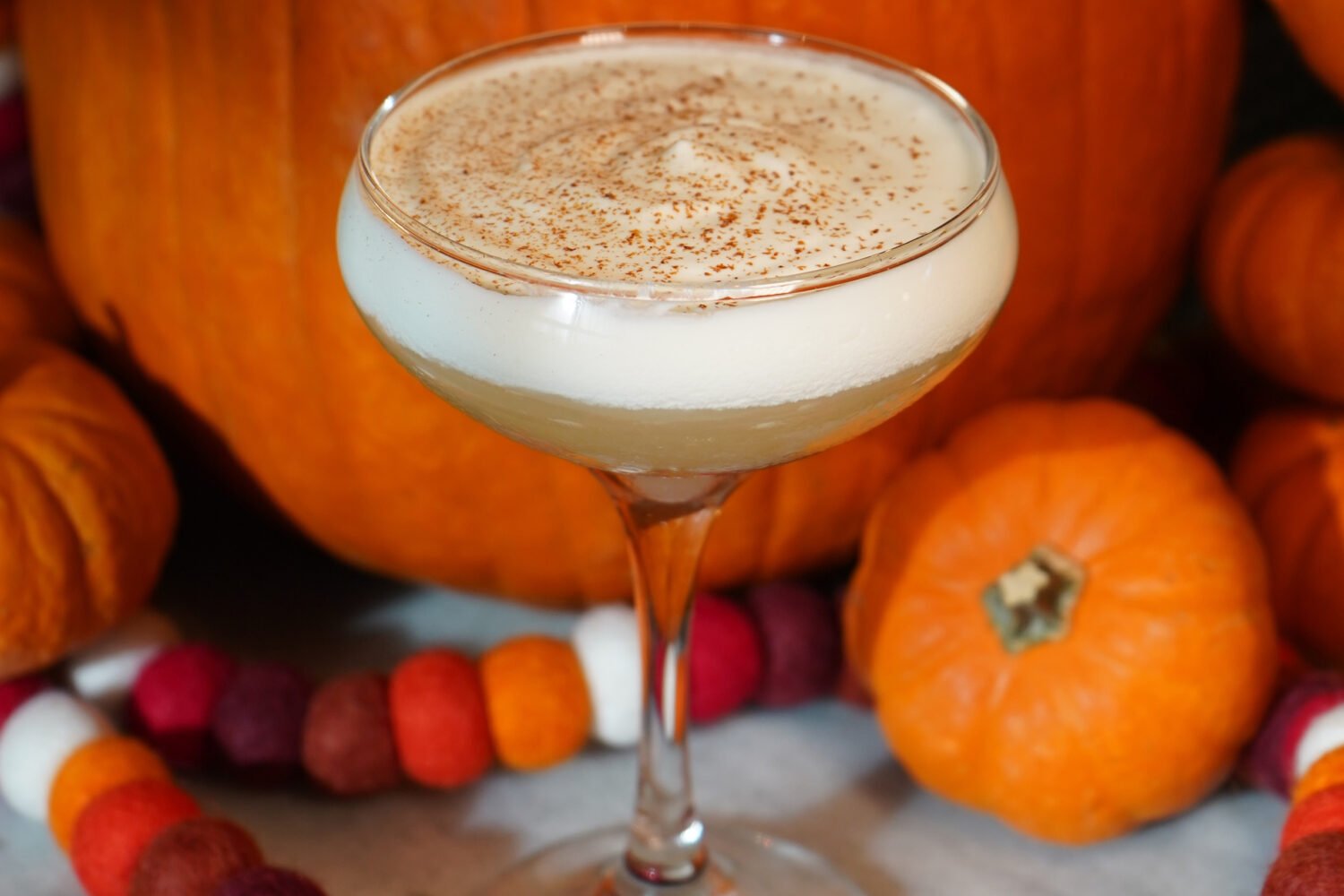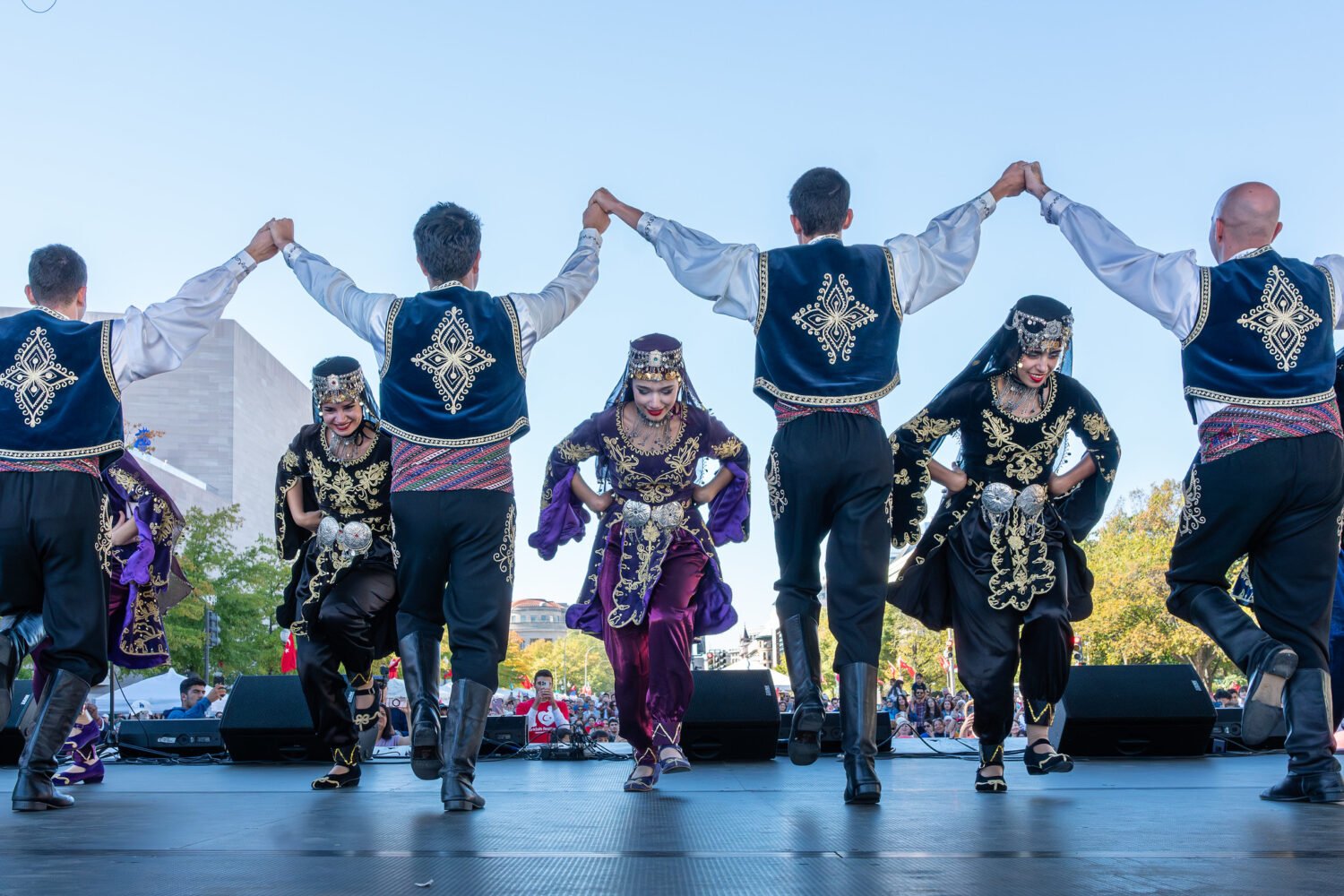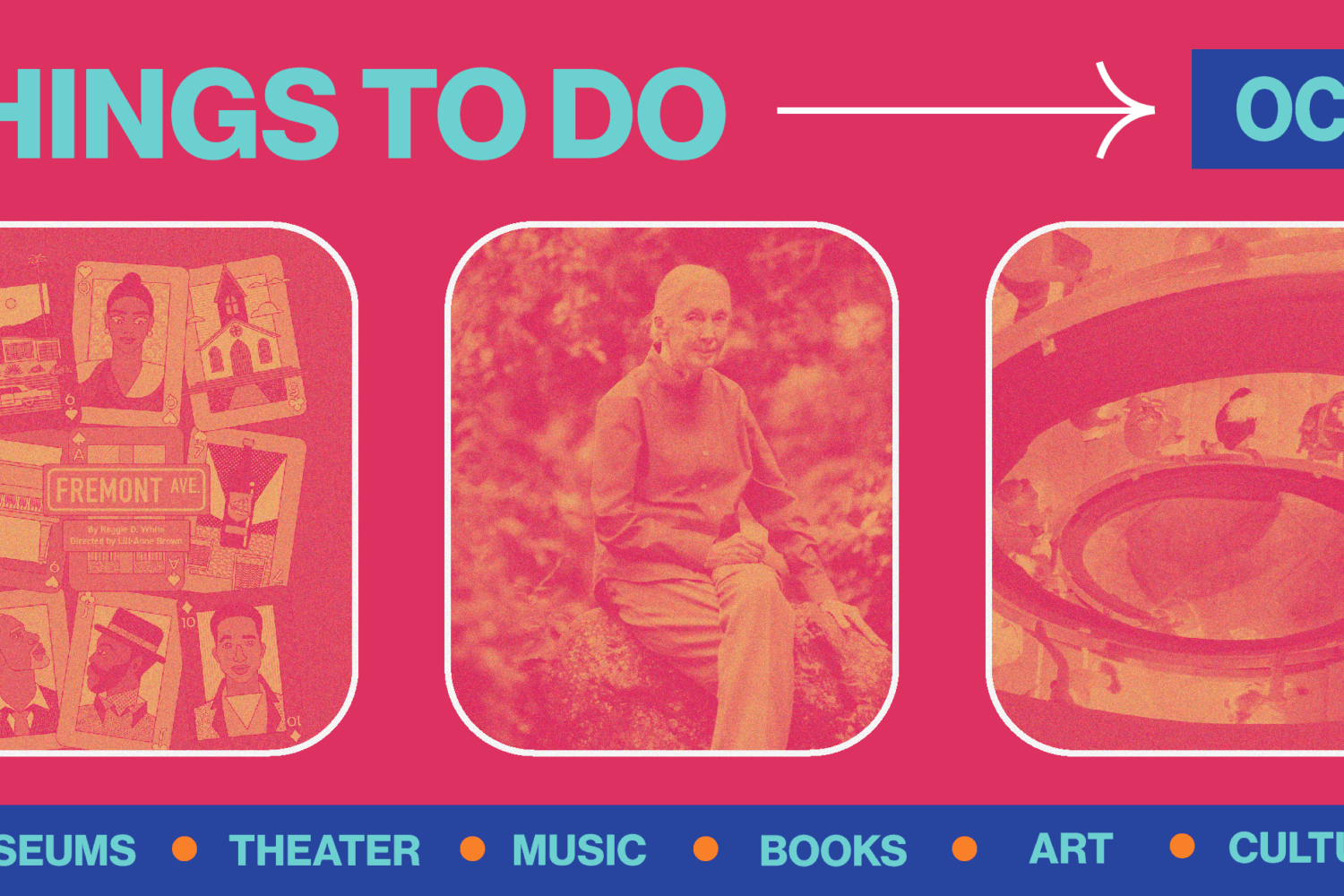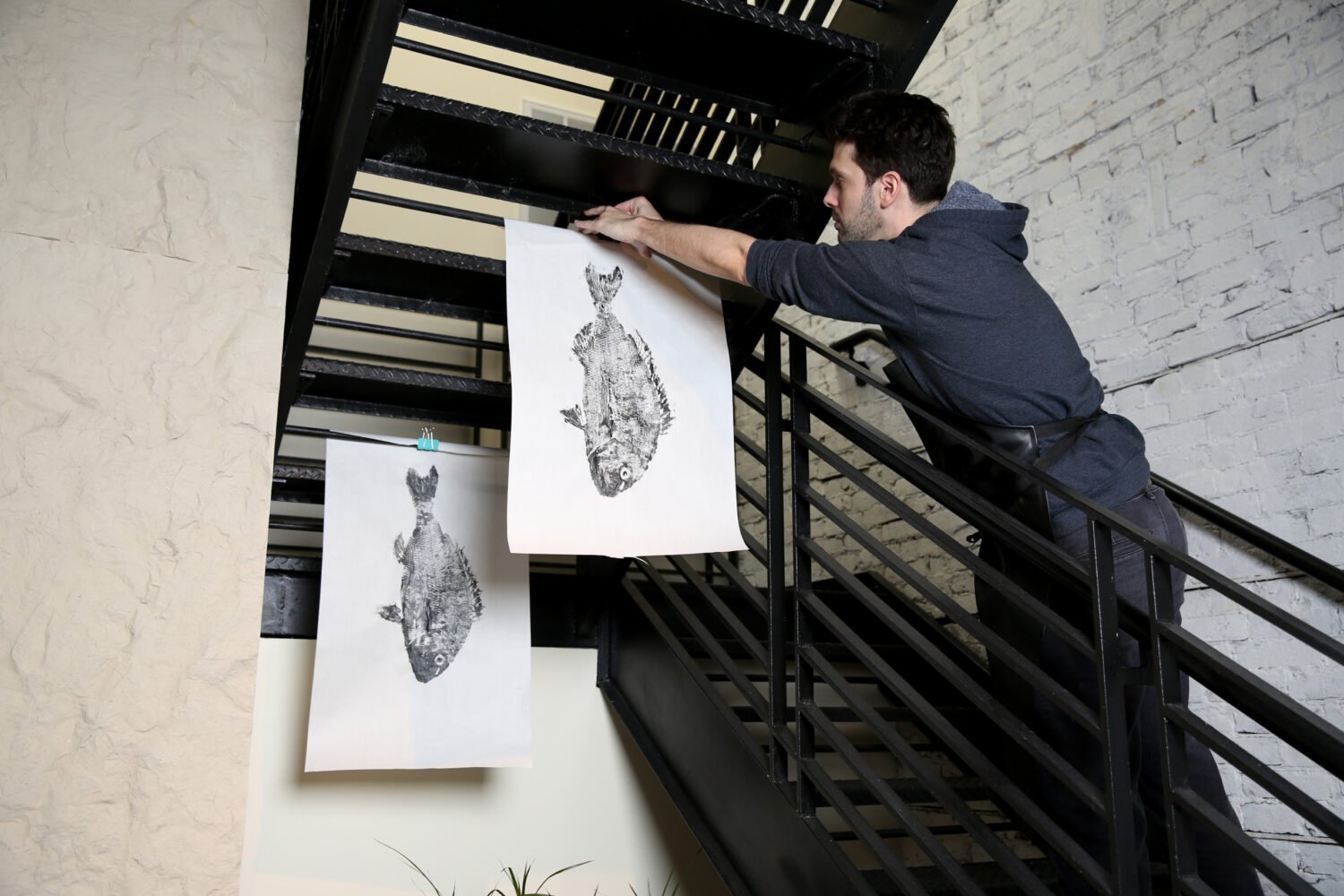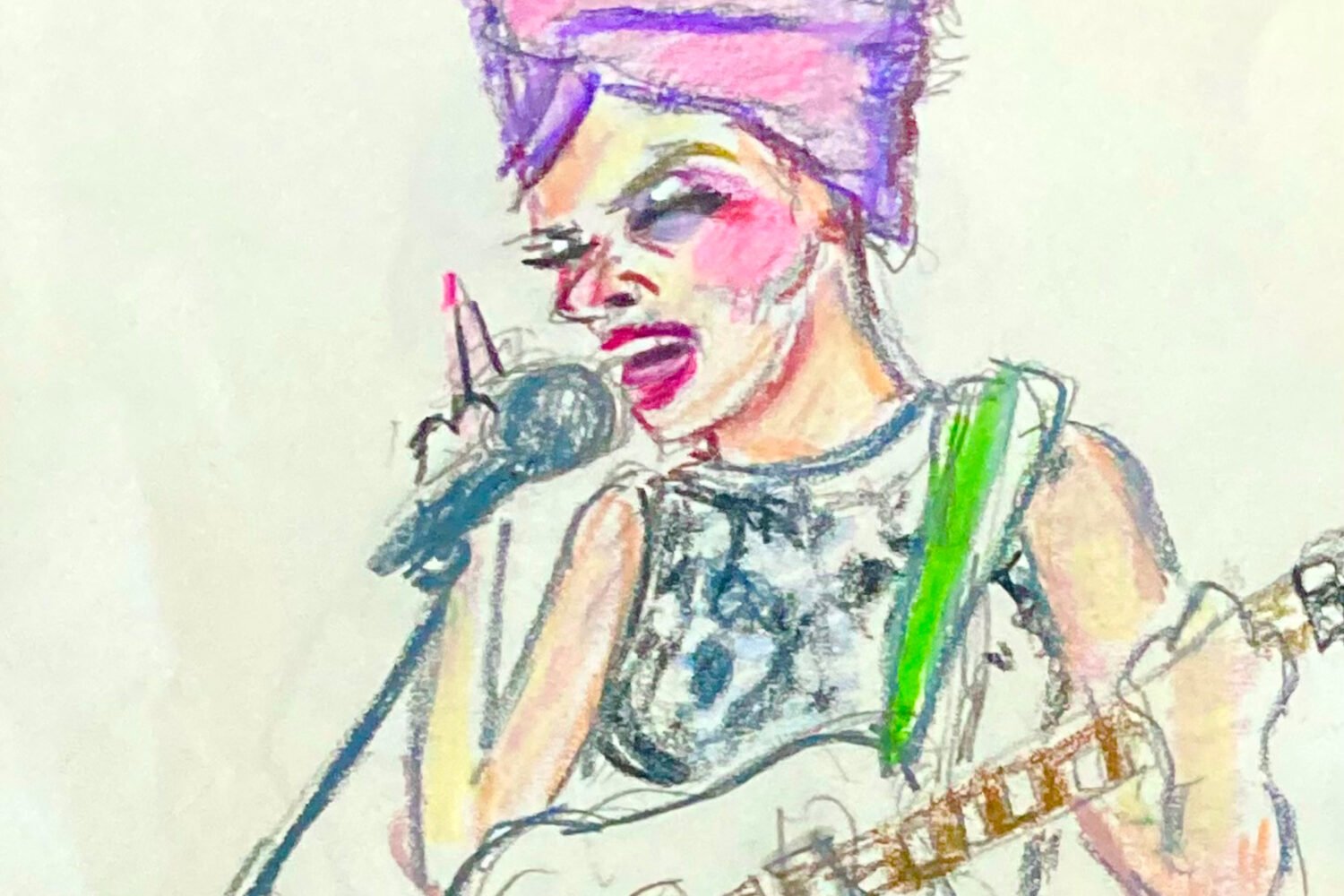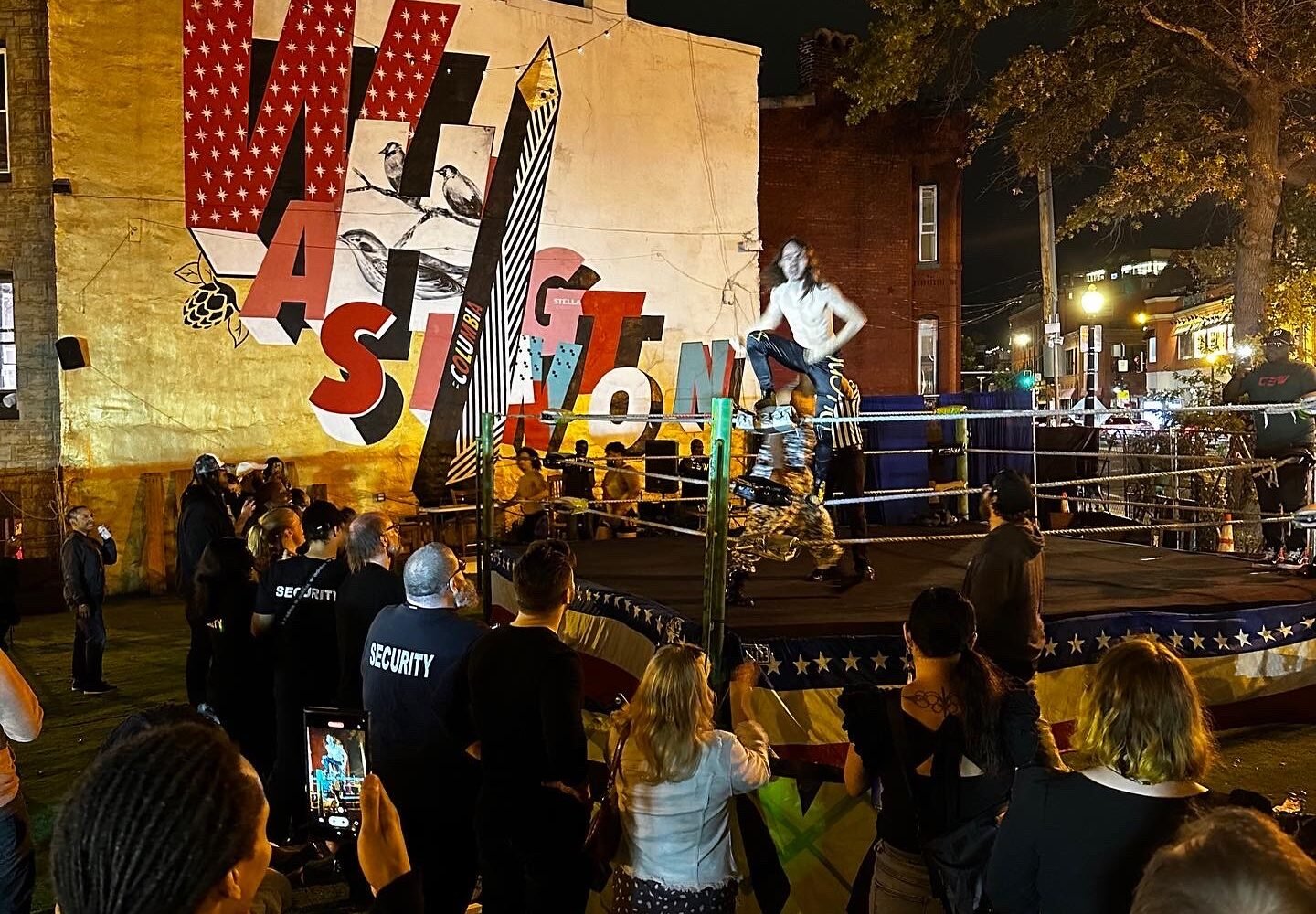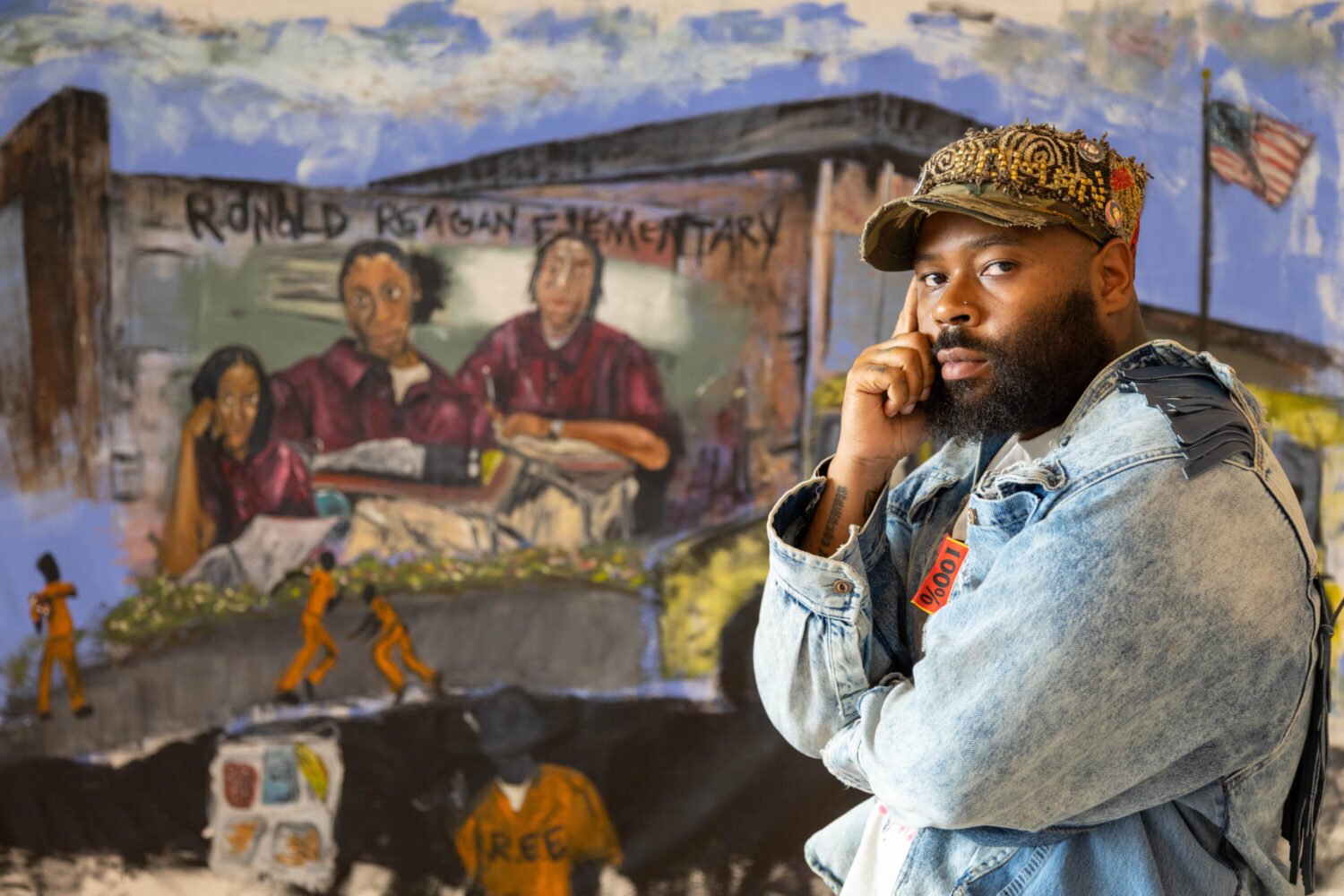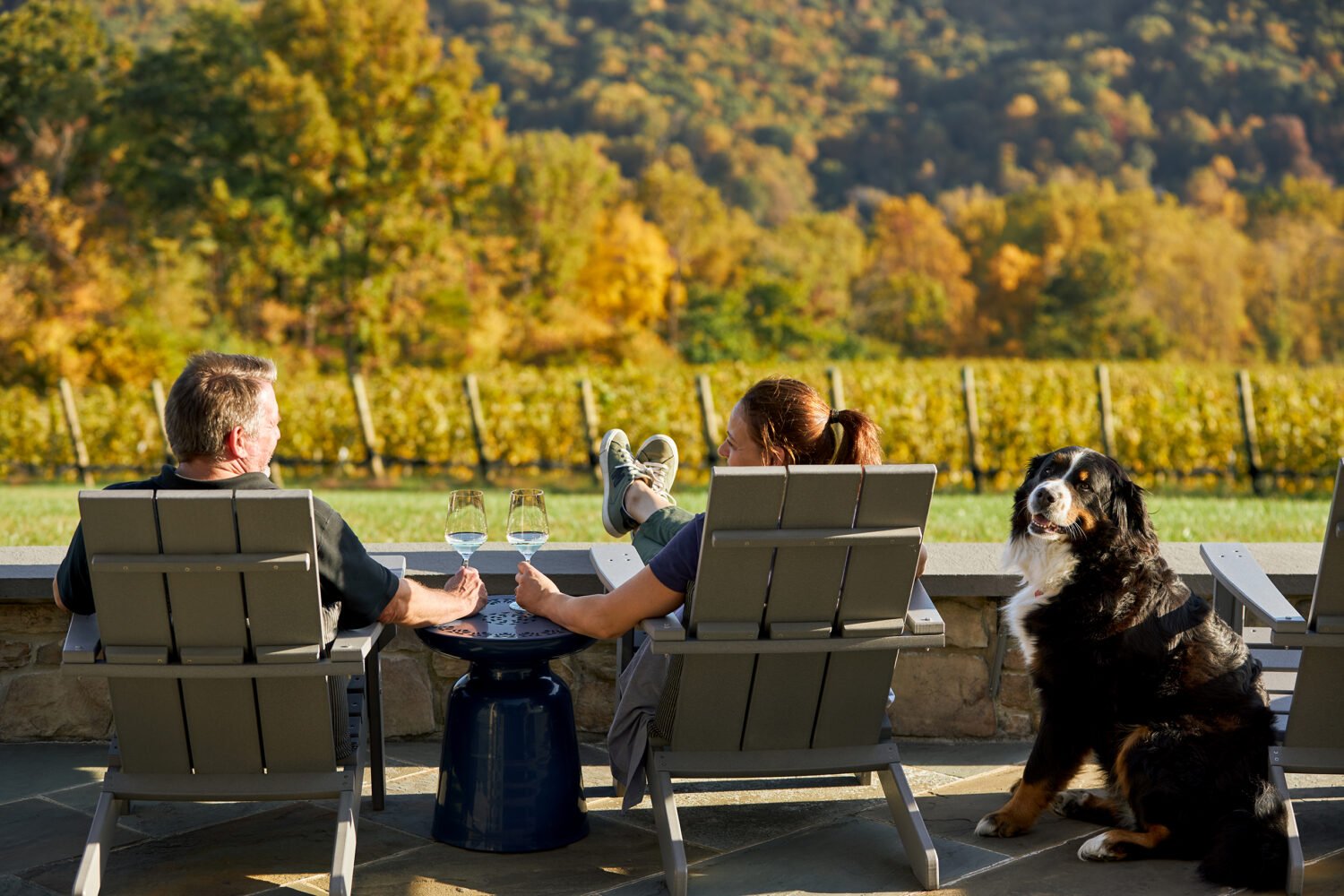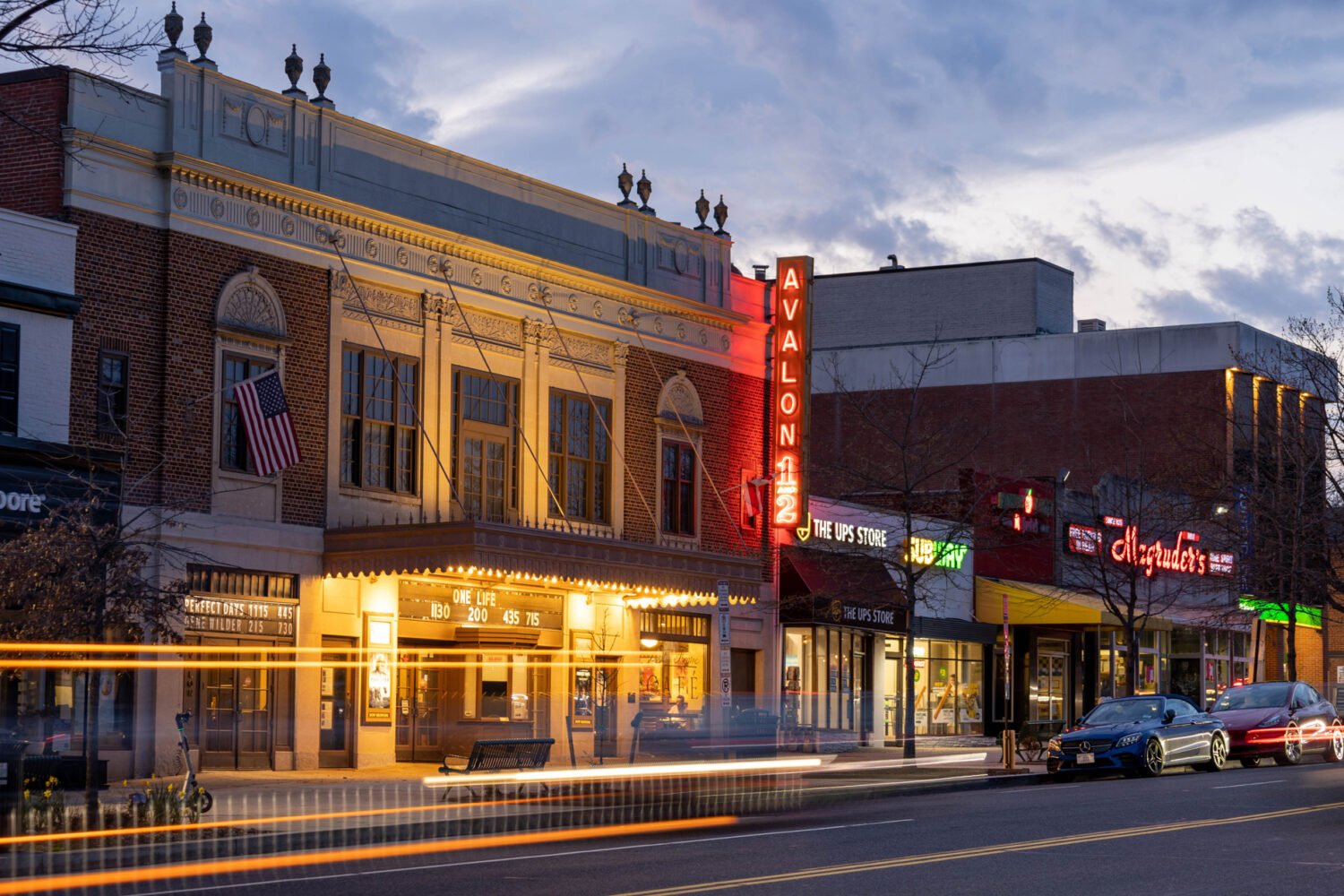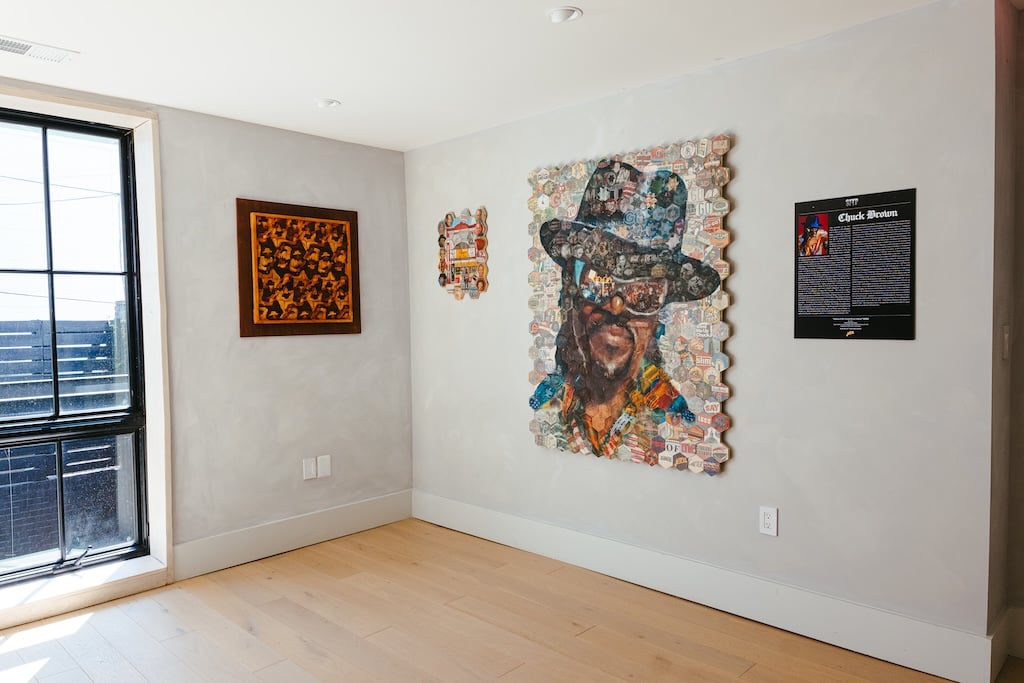It’s a question that presumably puzzled the organizers of “Tapas: Spanish Design for Food,” which opens in DC today at the former residence of the Ambassadors of Spain and boasts none other than José Andrés as chief creative adviser. How do you showcase the ingenuity and innovation that surrounds Spain’s cuisine without actually cooking any food?
The answer seems to come from Ferran Adrià, molecular gastronomist, winner of three Michelin stars, force behind El Bulli, friend of DC’s own Andrés, and author of the show’s accompanying catalog: You explore food as art. One of the most intriguing moments in the exhibition shows how Adrià used plasticine to train chefs to perfectly reproduce the correct size and shape of items on a plate, from the precise number of seeds suspended in jelly to the appropriate length and position of a green shoot accompanying the plate. The focus of “Spanish Design for Food” is on how and why the best chefs in Spain employ engineering, design, science, and an unmistakable sense of humor while creating what’s essentially bar food. (No stodgy nachos and frozen mozzarella sticks here.)
The exhibition is presented by the Acción Cultural Española and Spain Arts and Culture, curated by designer and architect Juli Capella, and comes to Washington after stops in Tokyo and Miami. Laid out across four rooms of the historic Beaux-Arts mansion near Columbia Heights, it looks at three elements in the creation of tapas: the kitchen, the table, and the meal itself. The wealth of utensils on display makes the final room feel a little like a cutting-edge craft fair, showcasing everything from a device that turns a lemon into a juice dispenser to a wooden board crafted to help cocktail party guests manage their drinks and their canapés at the same time.
There are tidbits of historical context along the way, such as the fact that Salvador Dalí designed the logo for the humble Chupa Chups lollipop, and a crash course on iconic Spanish foods (stuffed canned olives, churros, paella). But more interesting is the wealth of information on contemporary design as it relates to food, from spectacular photographs of the architecture of Spanish wineries to videos revealing how chefs make chairs out of bread and cutlery out of vegetables. If the show had a gift shop hawking some of the ingenious products on display (utensils that fit over fingers, a tiny dinner table for small spaces, a trivet that also allows you to show off your cork collection), it would make a mint.
Local tapas fans will also sense Andrés’s influence. His foosball dining table is on display, as is the Perspex tennis shoe in which he serves croquetas at Jaleo. An accompanying note says Andrés originally wanted to serve the fried morsels out of real tennis shoes but was rebuffed by the local health department—something for which we can all be a little grateful.
“Tapas: Spanish Design for Food” is at the former residence of the Ambassadors of Spain (2801 16th St., NW) through March 23. For more information, visit the exhibition’s website.
